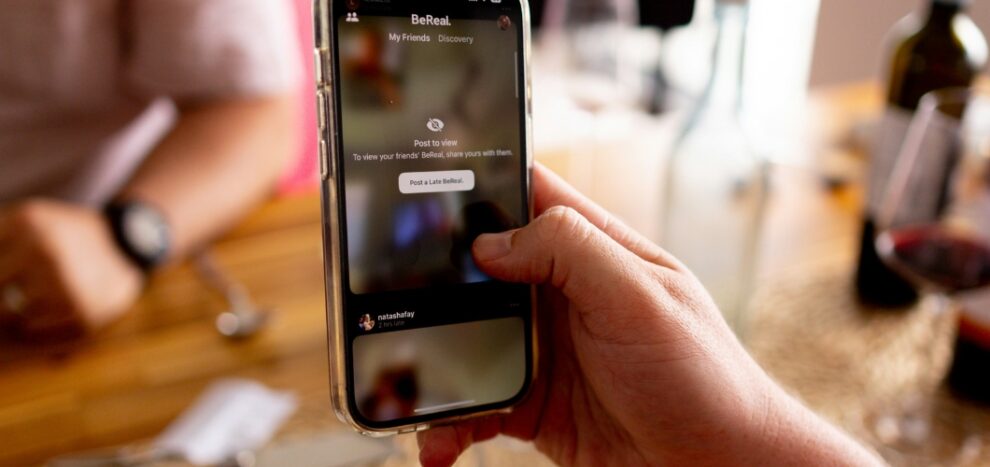Not everything about social media is real. Behind thousands of likes and millions of followers may lie manipulations and lies. Building an environment of fake fans and followers is the next evolution in social media – and everyone seems to benefit from it. From major celebs to small-time influencers, and even businesses, everyone is using this trick to boost their social status. However, there is one thing about illusions – they do not last long.
More or less, social media has become the dwelling place for many. Brands live and breathe social media. Whether it is about driving subscriptions or inviting people to product launches, social media is where the action will usually begin. Major players like Instagram, Facebook, and Twitter are leaving no stone unturned to attract as many accounts as possible. With every added account comes the opportunity to sell more followers, likes, and other elements of “engagement.”
Census might give you the population of a country, state, area, or district, but can you tell one other body that can share the same information, yet with more precision? You guessed it – social media. Last checked, Facebook has 2.5 billion, YouTube has 2.2 billion, WhatsApp has 2 billion, Instagram has 1.3 billion, and Twitter has over 200 million user accounts. Note that these user accounts are not “active user accounts.” If you take the word “active” out of the picture, nobody can tell how many authentic accounts a platform owns (except for the platform itself). There might be a significant gap between the number of total accounts a platform has and the number of accounts that are truly active. This is the gap (both in-house and external) marketers use to meet the marketing needs of today’s businesses.
But does it truly help?
We will discuss that in some other blog, but today we will decode how to identify the difference between fake and real. Alternatively, you will learn how to decode the ultimate illusions of social media.
How to identify “accounts that buy followers”
Ever noticed a business account you have been following or of an influencer whose figures went radically up one day for no particular reason? Or, do you often stumble upon accounts that might have very less posts, yet thousands of people follow it? These are the signs of accounts that are buying followers.
How to identify “fake” accounts
Visit these accounts and you will either find zero posts or only shares/retweets. Fake accounts will rarely have anything posted originally. They will also have very little to no personal information, no backlinking website, and in many cases, a photograph of a celebrity. The purpose of not having a real background is to ensure that the fake account doesn’t get traced back to its original source.
How to identify “who’s selling”
If you find accounts that have an almost equal number of “followers” and “following,” then you have found one genuine seller account.
How to identify “fake engagements”
By now, you might have understood what a fake account looks like. To identify if the number of likes and comments is real, simply click on the “like” or “comment” icon. The moment you dive deeper, you’ll be able to identify. However, if you are not willing to make any efforts, simply keep an eye out for the specific post/tweet and notice its growth. Paid engagements only continue for a definite time period. As long as they are promoted, the likes will continue to grow. The likes will naturally stop coming when the post is no longer promoted. Furthermore, if you find an account where some posts have thousands of likes and others barely any engagement, you now know why.
In the end, you must understand the importance of “originality.” Fake accounts or engagements do not convert to anything. A quick jump in likes or followers may give you confidence in the beginning but takes the shape of an addiction in the long run.






